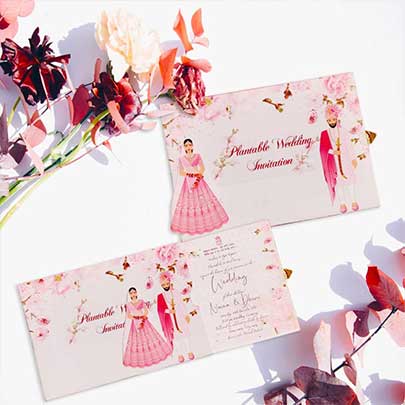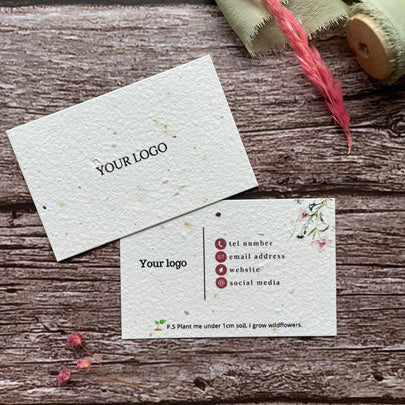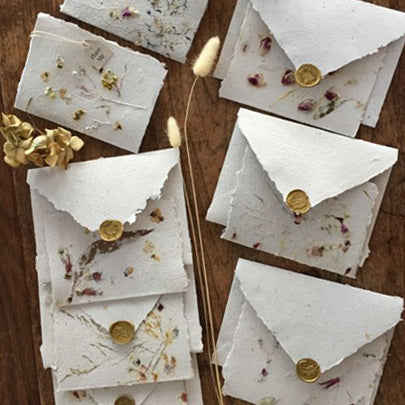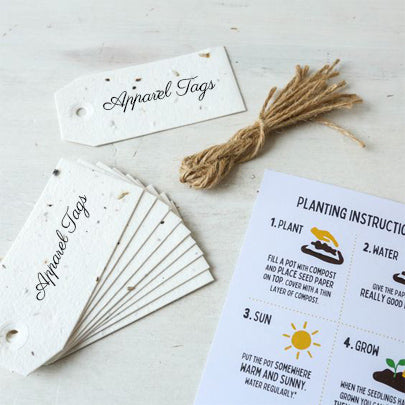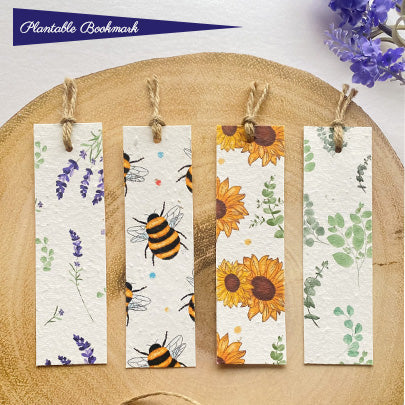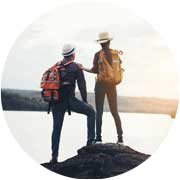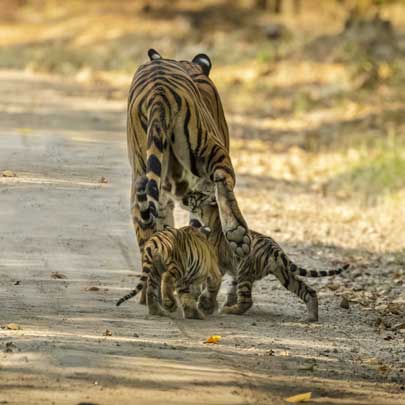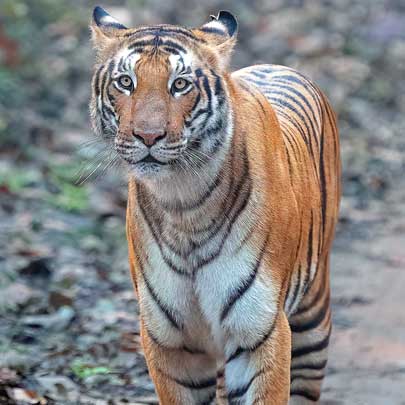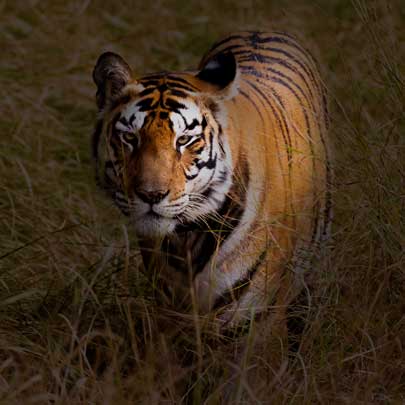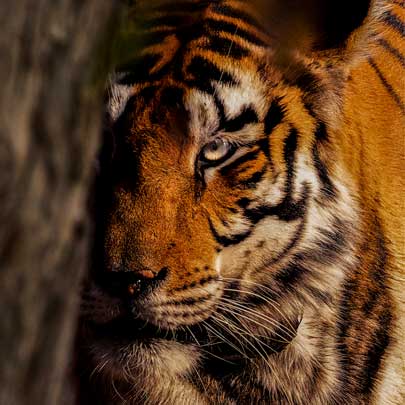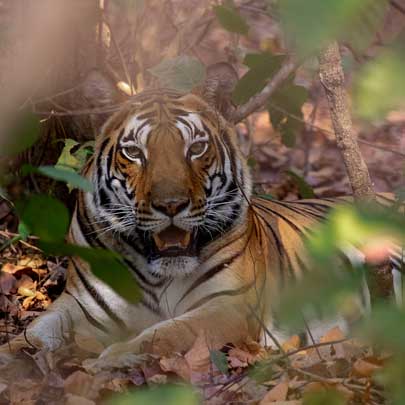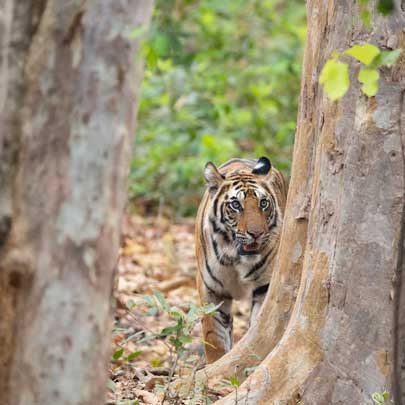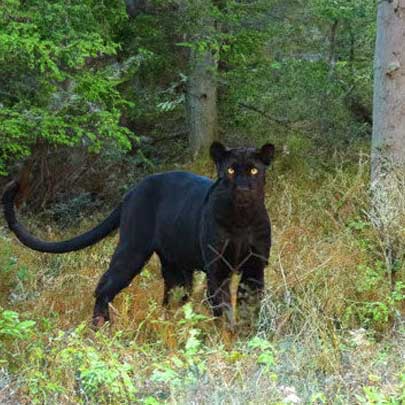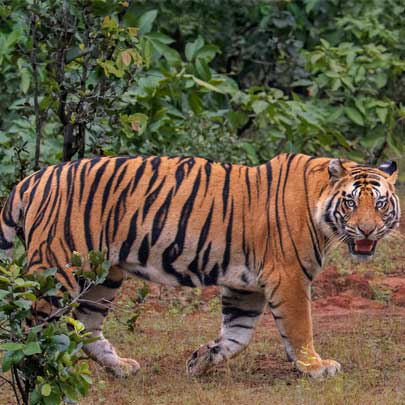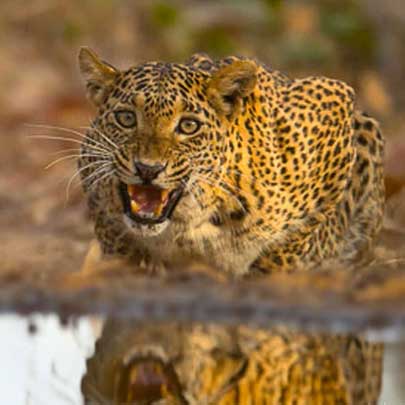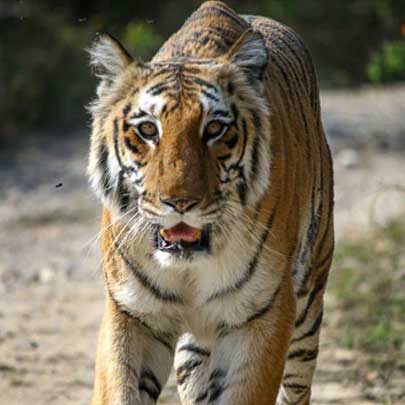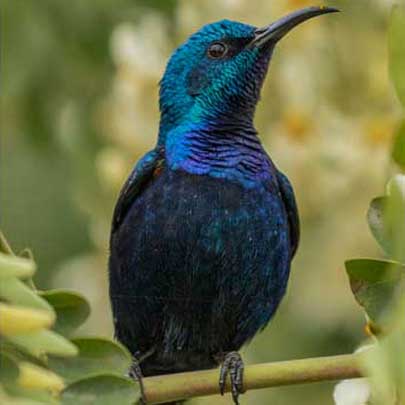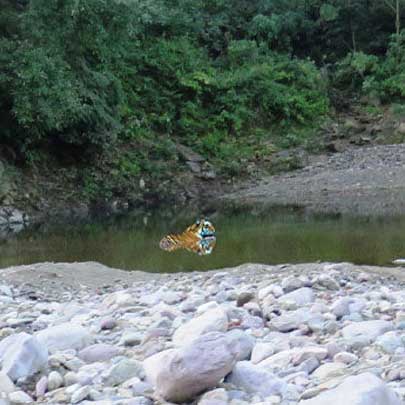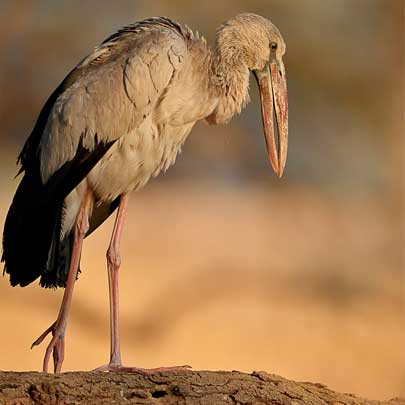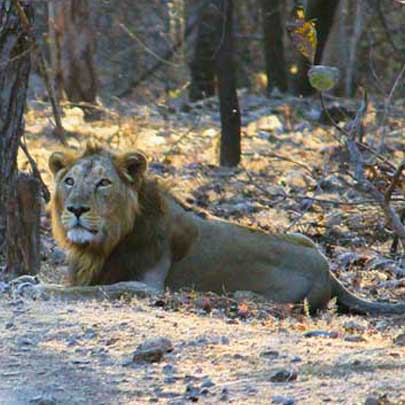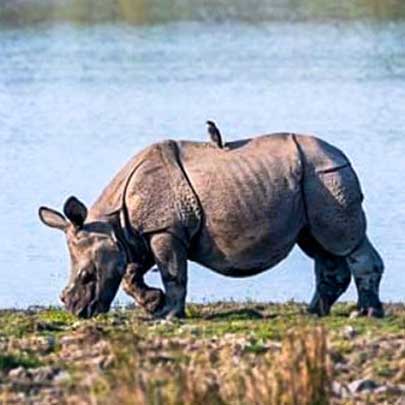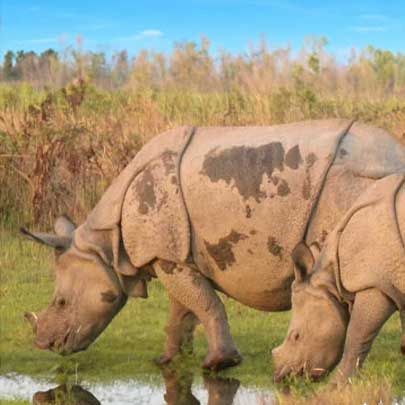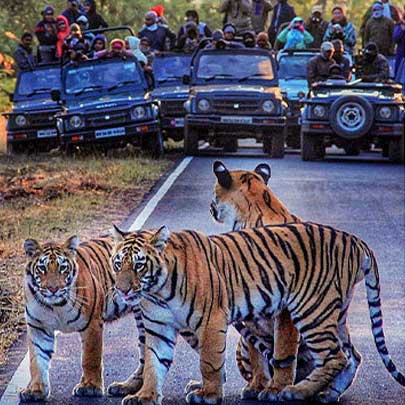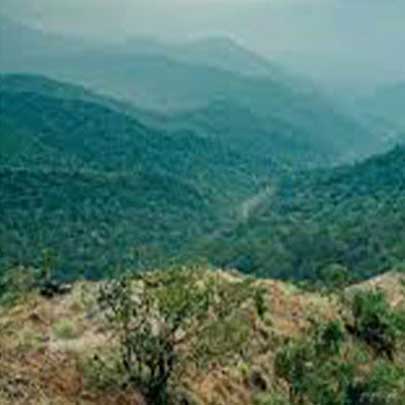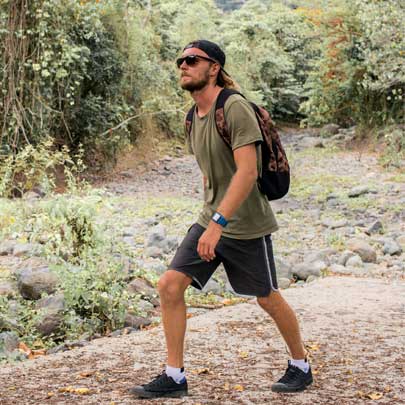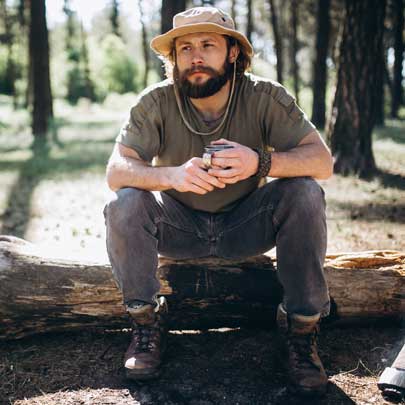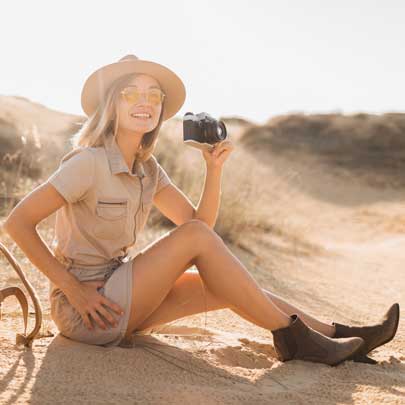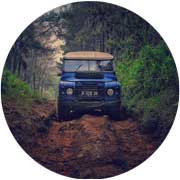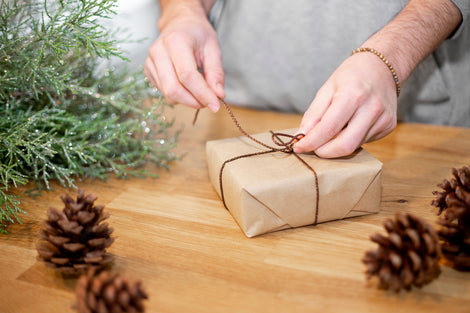Photographing Wildlife: Tips for Beginners
Photographing Wildlife: Tips for
Beginners
Wildlife photography is one of the most thrilling and rewarding genres of photography. Capturing animals in their natural habitats not only requires technical expertise but also a deep respect for nature and wildlife behavior. For beginners stepping into this fascinating world, understanding the right techniques and developing patience are crucial.
Whether you're planning your first wildlife safari or just trying to photograph birds in your backyard, this comprehensive guide will help you start your wildlife photography journey with confidence.
Why Wildlife Photography?

Wildlife photography allows us to document the beauty and diversity of the natural world. It promotes conservation, educates the public, and can even support scientific research. Organizations like Wildlense Eco Foundation, which work towards wildlife conservation and awareness, emphasize the importance of responsible photography in preserving biodiversity.
Now, let’s dive into the essential wildlife photography tips for beginners.
1. Understand Animal Behavior
Before even picking up a camera, spend time observing the animals you want to photograph. Understanding their behavior, habits, and environment will help you anticipate their movements and capture more compelling images. This is especially useful when photographing elusive species like tigers, leopards, or birds of prey.
2. Use the Right Camera and Lens
Choosing the best camera for wildlife photography doesn’t always mean buying the most expensive gear. Many entry-level DSLRs and mirrorless cameras are capable of producing stunning images when paired with a good telephoto lens.
Recommended Gear for Beginners:
-
Camera: Canon EOS R50, Nikon D5600, or Sony a6400
-
Lens: 70-300mm or 100-400mm telephoto lens
Pro Tip: A fast autofocus system and high burst rate are essential when photographing fast-moving animals or birds in flight.
3. Master Camera Settings
To get the perfect wildlife shot, you need to be comfortable with your camera settings for wildlife photography. Auto mode often doesn’t deliver the desired results, especially in fast or unpredictable conditions.
Basic Wildlife Photography Settings:
-
Shutter Speed: 1/1000 sec or faster for action shots
-
Aperture: f/4 to f/5.6 for a good balance of sharpness and background blur
-
ISO: Start at 400 and increase if needed in low light
-
Focus Mode: Continuous autofocus (AI Servo / AF-C)
-
Drive Mode: High-speed burst mode
4. Learn to Use Natural Light
Light is everything in photography, and in the wild, you have limited control over it. The golden hours — shortly after sunrise and before sunset — offer the most flattering light for wildlife shots.
Avoid shooting in harsh midday sunlight as it can create unwanted shadows and highlights. Cloudy days can be surprisingly good for even lighting and rich colors.
5. Composition Matters
Capturing a sharp image is great, but composing it well is what makes a photo stand out. Use the rule of thirds, leading lines, and negative space to create visual interest.
Key Composition Tips:
-
Focus on the animal’s eyes — they draw viewers into the photo
-
Leave space in the direction the animal is facing
-
Include the habitat for environmental storytelling
6. Be Ethical and Respectful
Ethical wildlife photography is about respecting the animal’s space and habitat. Never provoke or bait animals just to get a better shot. Always follow park guidelines and work from a safe distance using telephoto lenses.
The Wildlense Eco Foundation, for example, promotes responsible tourism and photography practices that minimize disturbance to wildlife while fostering conservation awareness.
7. Start Close to Home
You don’t need to travel to exotic locations to begin your wildlife photography journey. Start in your local park, nature reserve, or even your backyard. Photograph common species like squirrels, pigeons, butterflies, or domestic birds to hone your skills.
This also allows you to practice regularly without the pressure of time or travel constraints.
8. Be Patient and Persistent
Wildlife photography is as much about patience as it is about skill. You might spend hours waiting for the perfect moment, only to have it pass in a split second. Don’t be discouraged by initial failures.
Great wildlife photographers often spend days or even weeks tracking a subject. Remember, every moment in nature is a learning experience.
9. Edit Thoughtfully
Post-processing helps enhance your images but should not distort the natural integrity of the scene. Use software like Adobe Lightroom or Photoshop to adjust exposure, contrast, and sharpness.
Avoid over-editing — the goal is to highlight what was already there, not fabricate a scene.
Basic Edits for Wildlife Photos:
-
Adjust white balance
-
Sharpen details
-
Reduce noise (especially in high ISO shots)
-
Crop for better composition
10. Join a Wildlife Photography Workshop
If you're serious about improving, consider joining a wildlife photography workshop. These are often led by professionals and include hands-on sessions in forests, national parks, or bird sanctuaries.
Organizations like Wildlense Eco Foundation frequently organize eco-tours and wildlife photography camps. These experiences not only build your portfolio but also connect you with like-minded photographers and conservationists.
Bonus Tips for Beginner Wildlife Photographers
a. Practice Stealth
Wear neutral colors, move slowly, and keep noise to a minimum.
b. Use a Tripod or Bean Bag
Stabilizing your camera can significantly improve sharpness, especially with long lenses.
c. Shoot in RAW
RAW files preserve more detail and offer better flexibility during editing.
d. Follow Wildlife Photography Communities
Engage with online forums and social media groups. Platforms like Instagram, Facebook groups, and photo-sharing sites offer inspiration and feedback.
Conclusion
Wildlife photography is a journey that blends art, science, and a deep love for nature. While it may seem daunting at first, consistent practice, observation, and a respectful approach will take you far.
Begin with accessible gear, learn the foundational techniques, and gradually expand your knowledge through real-world experiences. Consider supporting or volunteering with conservation organizations like the Wildlense Eco Foundation to combine your passion for photography with a purpose that benefits wildlife and the planet.
So grab your camera, step into nature, and start capturing the wild — one frame at a time.
Frequently Searched Questions
Q: What is the best camera for wildlife photography beginners?
A: Entry-level DSLRs like the Canon EOS Rebel T8i or mirrorless options like the Sony a6400 are great starting points when paired with a telephoto lens.
Q: What lens is ideal for wildlife photography?
A: A 100-400mm zoom lens is versatile and perfect for capturing animals at a distance.
Q: How do I photograph birds?
A: Use a fast shutter speed, continuous autofocus, and burst mode. Study bird behavior and be patient.
Q: Is a tripod necessary for wildlife photography?
A: Not mandatory, but very helpful for stability, especially when using heavy telephoto lenses.





